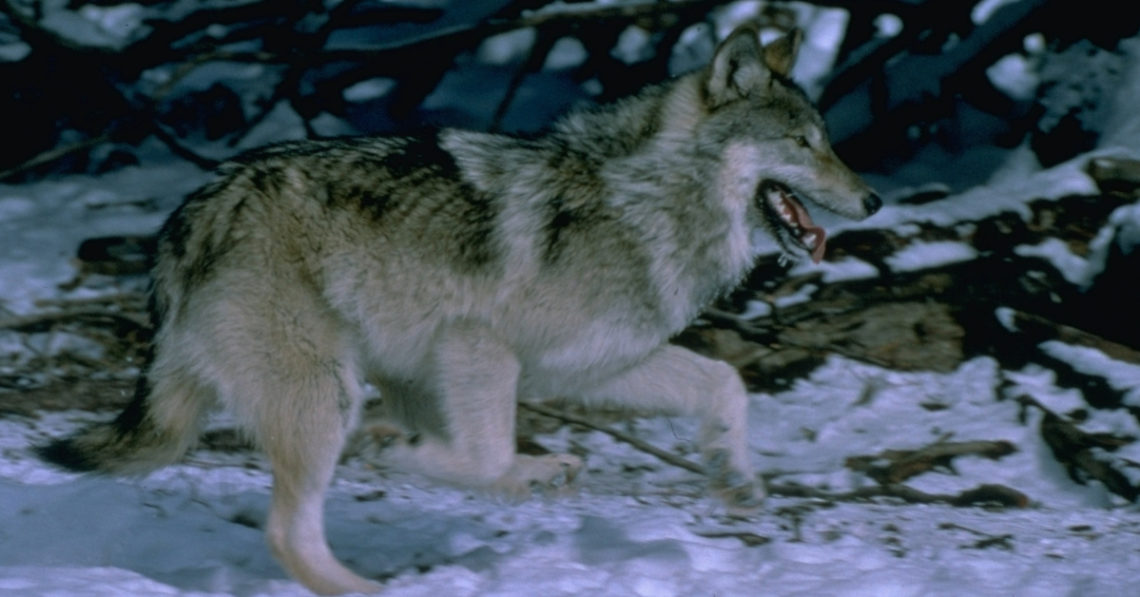By the mid-20th century, Yellowstone National Park was in a state of disrepair. The ecosystem had been thrown out of whack after it was overrun with elk. The elk took over because the gray wolves that kept Elk populations in check had been removed from their ecosystem.
Three decades after the reintroduction of wolves, the park is finally seeing the payoff. Aspen trees are back, taller than ever. The wolves can be thanked for that.
Publishing their report in Forest Ecology and Management, the research team found that gray wolves, otherwise known as Canis lupus, were a vital piece of Yellowstone’s ecosystem. They were cruelly removed back in the 1920s, when the US decided that roaming predators were bad for business.
A large-scale effort was enacted that encouraged people to hunt wolves, cougars, and coyotes.
Gray Wolves Are Back at Yellowstone
In time, Americans, with the full backing of their government, wiped out Yellowstone’s gray wolves, which used to eat the park’s elk. In the absence of gray wolves, Elk populations exploded. With more elk came more elk mouths to feed.
Young aspen and cottonmouth saplings would get gnawed down to nubs and trampled before they could grow, leaving older trees to die off with no replacements following up behind them.
As early as 1934, scientists were waving red flags about the park’s decline. After decades of petitioning, it wasn’t until 1995 that wolves made their comeback, beginning with the import of gray wolves from Canada’s Jasper National Park.
As soon as the gray wolves were reintroduced, they went to work chowing down on Yellowstone’s elk. Over the next 30 years, the gray wolves ended the elk’s peaceful yet destructive reign over the forest, reclaiming their spot at the top of Yellowstone’s food chain.
As the wolves managed elk numbers, tree saplings finally got the chance to grow, filling out Yellowstone’s previously thinned aspen forests.
Oregon State ecologist Luke Painter and his team found that about a third of the 87 aspen stands they studied were flush with tall saplings, a 152-fold increase in some cases. Nearly half of the sites even had new trees that surpassed the diameter threshold to be considered full-grown.
The wolves kick-started a whole regenerative domino effect. Biodiversity is making a comeback. What was once a cautionary tale about removing the top of the food chain has turned into a blueprint for ecological restoration.
Sometimes all you need to fix a broken ecosystem is a cerebral, majestic predator with a taste for elk blood.
The post Gray Wolves Reintroduced to Yellowstone Revived a Dying Ecosystem appeared first on VICE.




